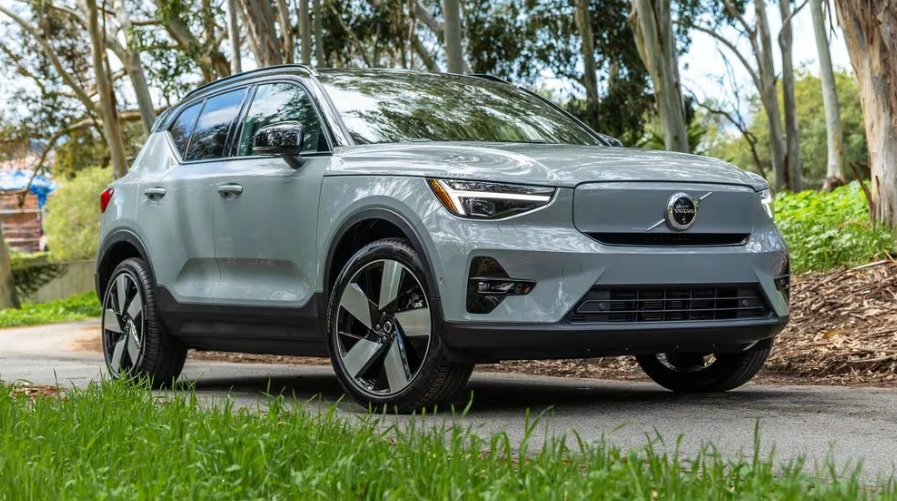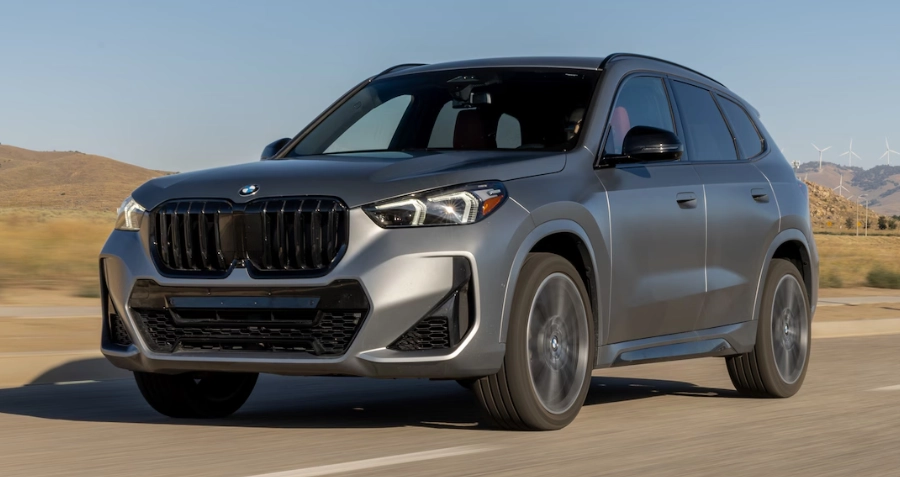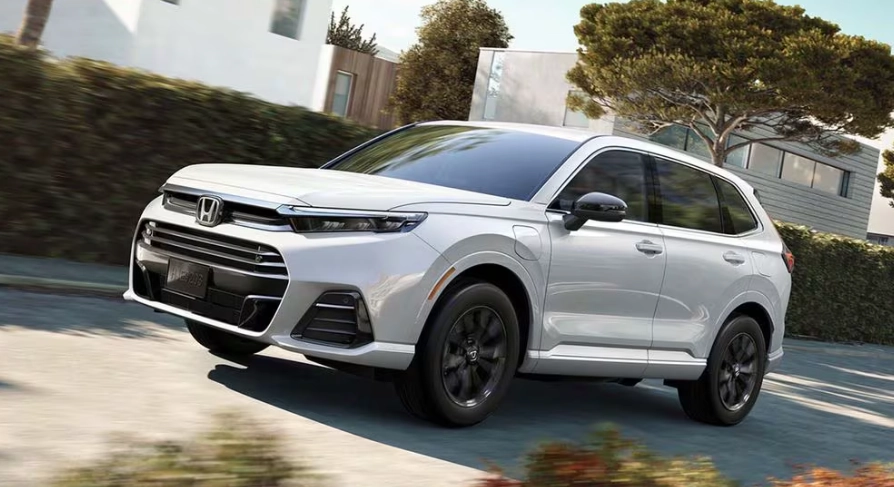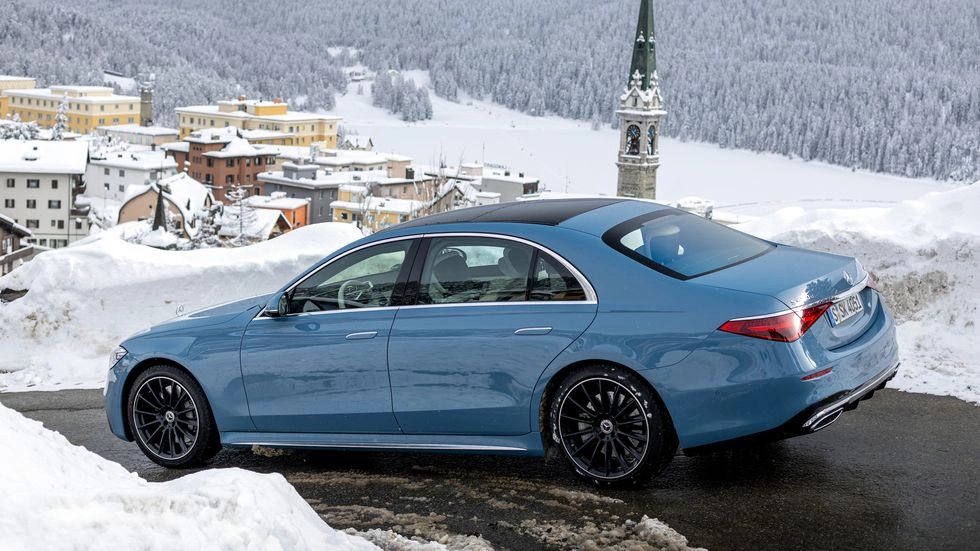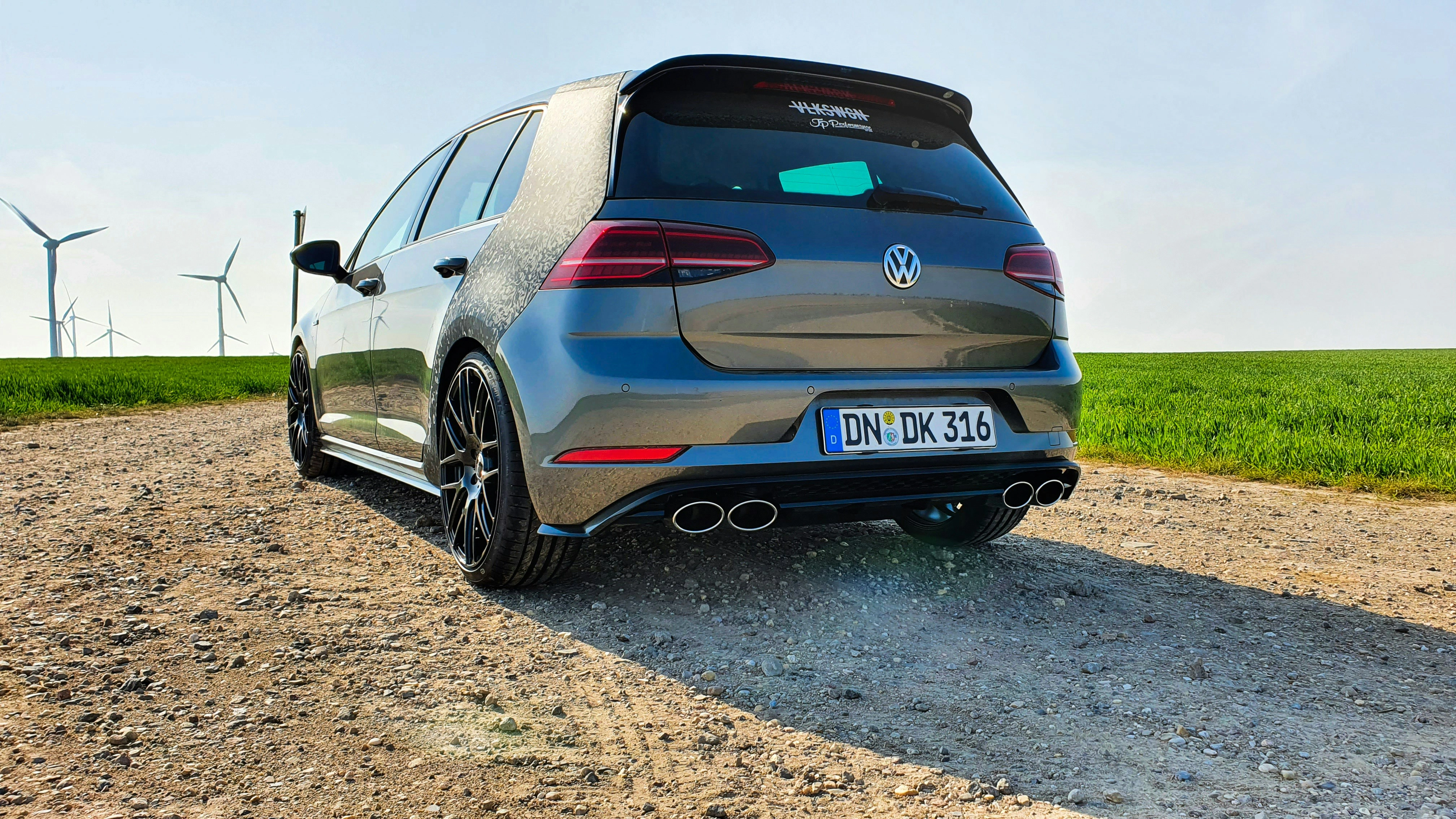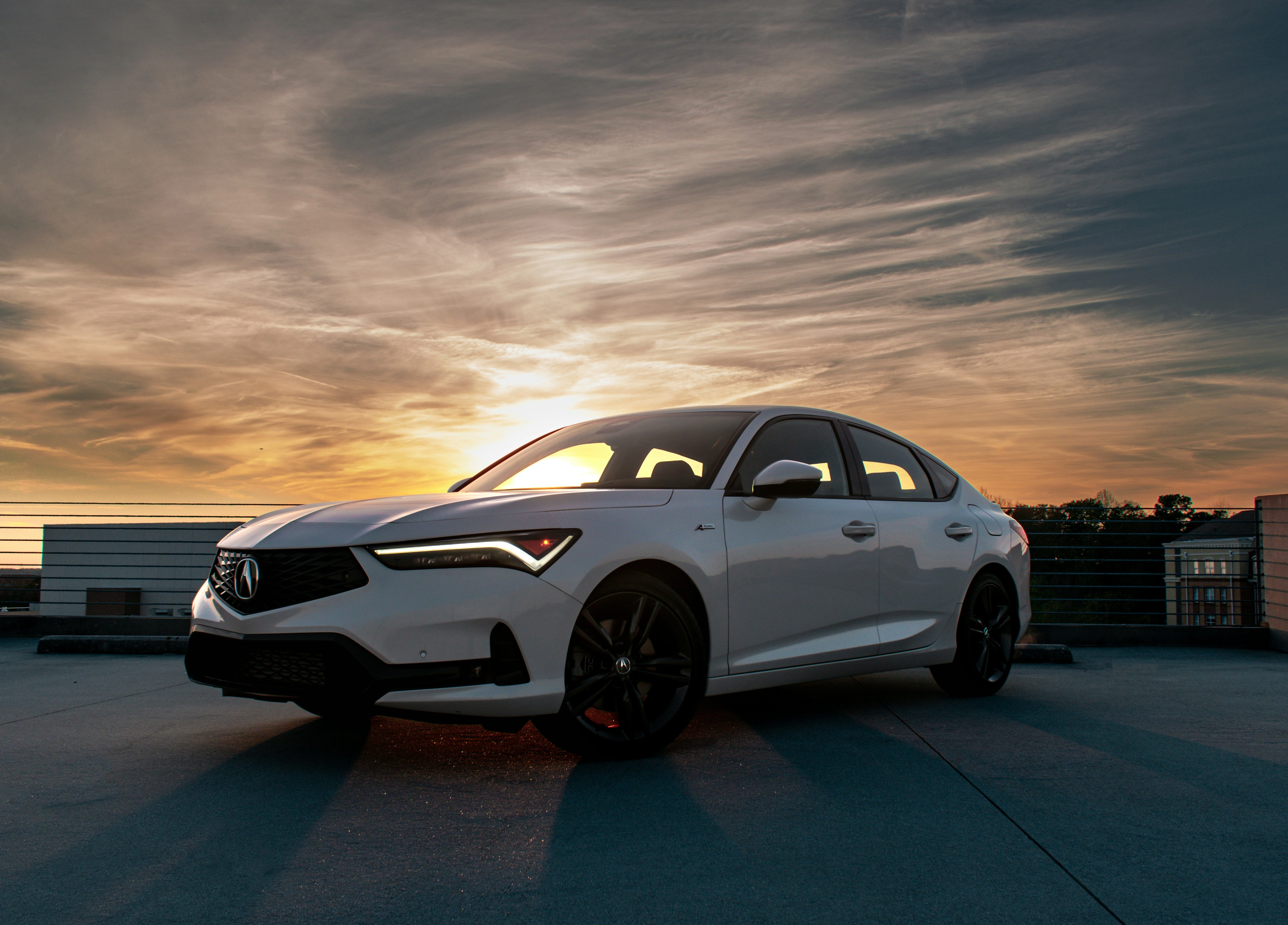Fisker Ocean One: A Promising Debut Overshadowed by Shortcomings
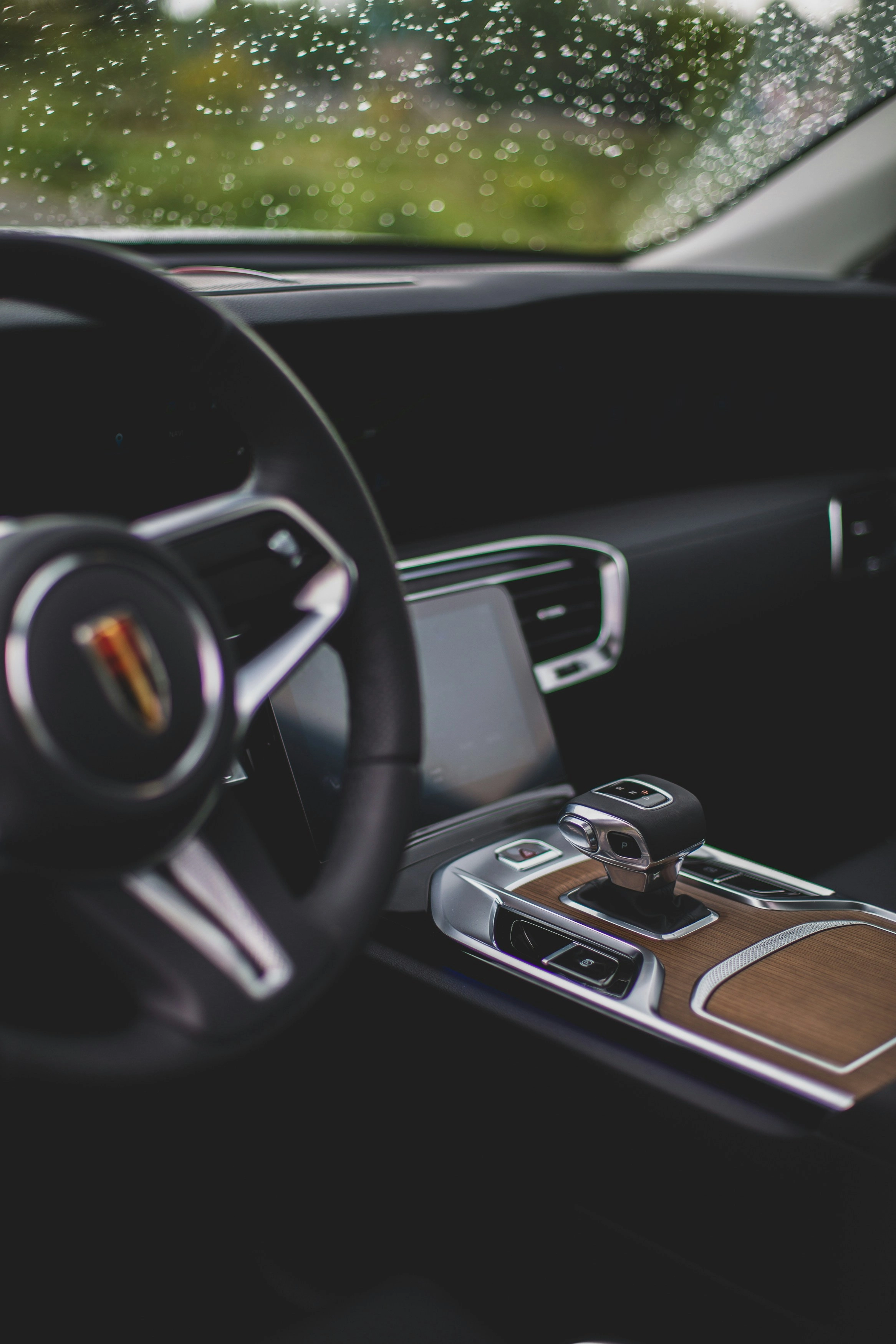
Introduction to Fisker Ocean One
The Fisker Ocean One represents a significant step in the electric vehicle (EV) landscape, promising a blend of sustainability, performance, and cutting-edge technology. As the flagship model from Fisker Inc., the Ocean One aims to capture the attention of eco-conscious consumers and car enthusiasts alike. However, despite its ambitious debut, several shortcomings have emerged that may overshadow its initial promise.
Sustainability at Its Core
Fisker has positioned the Ocean One as a sustainable alternative to traditional SUVs. The vehicle boasts eco-friendly materials, such as recycled plastics and natural fibers, which are integrated throughout the interior. This commitment to sustainability extends to its production processes, which prioritize low-impact manufacturing techniques.
Additionally, the Ocean One is designed to be a carbon-neutral vehicle, with Fisker pledging to offset emissions throughout its lifecycle. This aspect alone makes it an attractive option for consumers seeking to reduce their carbon footprint while enjoying the convenience of an SUV.
Performance and Technology
Under the hood, the Fisker Ocean One offers impressive performance credentials. With a dual-motor setup, the electric SUV delivers all-wheel drive, ensuring a dynamic driving experience. The vehicle can accelerate from 0 to 60 mph in a competitive timeframe, making it a contender among other EVs in its class.
One of the standout features of the Ocean One is its advanced technology integration. The vehicle comes equipped with a large touchscreen interface that controls various functions, from navigation to infotainment. Additionally, the Ocean One includes a suite of driver-assistance features, enhancing safety and convenience on the road.
Range and Charging Infrastructure
Range anxiety remains a significant concern for potential EV buyers. The Fisker Ocean One offers a respectable range on a single charge, making it suitable for daily commutes and longer trips. However, the actual range may not meet the expectations set by competitors in the market, which could limit its appeal to some consumers.
Moreover, the charging infrastructure is a critical factor for any EV. While Fisker has partnered with various charging networks to facilitate access for Ocean One owners, the availability and speed of charging stations can vary significantly by location. This inconsistency may deter potential buyers, particularly those in areas where charging options are limited.
Interior Comfort and Space
Inside the Fisker Ocean One, the cabin is designed with comfort and space in mind. The interior layout is modern and spacious, providing ample room for passengers and cargo alike. However, some reviews have noted that the quality of materials used in certain areas may not align with the premium pricing of the vehicle.
Additionally, while the infotainment system is packed with features, some users have reported a learning curve that may require time to adapt. The balance between innovative technology and user-friendliness is crucial, and any shortcomings in this area could impact the overall driving experience.
Pricing and Market Competition
Pricing is another critical aspect of the Fisker Ocean One's debut. Positioned in the premium segment of the EV market, it competes with well-established brands that have already garnered consumer trust. While the Ocean One offers unique features and a strong sustainability message, its price point may be a barrier for some potential buyers.
Furthermore, as more automakers enter the EV space, the competition is intensifying. Rivals like the Tesla Model Y and Ford Mustang Mach-E not only offer robust performance but also benefit from established reputations and extensive charging networks. The Ocean One will need to prove its worth in this crowded landscape to attract discerning consumers.
Conclusion: A Promising Yet Flawed Offering
The Fisker Ocean One undoubtedly represents an exciting development in the electric vehicle market, showcasing the potential for sustainable luxury. However, its promising debut is overshadowed by several shortcomings, including range limitations, interior material quality, and competitive pricing. While the Ocean One embodies essential values of sustainability and innovation, it will require further refinement and consumer confidence to carve out its niche in a rapidly evolving automotive landscape.
As Fisker continues to develop its brand and address these challenges, the Ocean One has the potential to become a significant player in the EV market. For now, consumers will need to weigh the benefits against the drawbacks as they consider their next vehicle investment.
